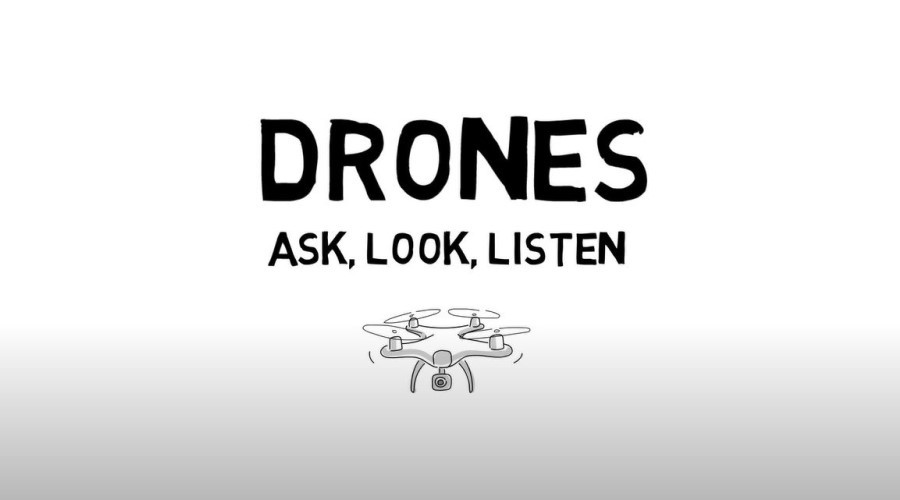A drone could potentially cause distress to both you and your horse by causing them to spook when out riding, carriage driving, or even just when they are grazing in the field. Therefore, it's helpful to have some understanding of drones and the legal restrictions around safely operating them.
Being aware of this information might help you know what to expect if you spot a drone out riding; reassure your horse; and support you in making a report if an incident with a drone does happen.
Reporting an incident with a drone
The Civil Aviation Authority (CAA) is very aware of the potential issues relating to horses and drones. However, there is very little they can do from a regulatory perspective.
The jurisdiction for dealing with the misuse or dangerous operation of drones lies with the police.
If you do experience an incident with a drone involving your horse:
- We advise that you report this to your local police
- Where possible, it might be helpful to get video footage of the inappropriate or dangerous operation of the drone
- Try to get the drone operators' details, such as an individual's or company name if possible and safe for you to do so (these details might help the CAA gather intelligence and potentially follow up with oversight and audit activity)
- Remember you can report any incident involving a drone to us too
- If you’re a BHS Gold member, you can contact the free legal advice helpline.
Regulations
Various regulations, depending on the location, size, and type of drone, outline the rules that operators should follow when flying a drone.
Aircraft must not endanger anyone or anything
The Air Navigation Order 2016, as amended, (ANO) contains some of the regulations for unmanned aircraft.
The most relevant requirement is that the operation of the aircraft must not endanger anyone or anything.
Regulations for drones less than 25kg
Operators of drones weighing less than 25kg must follow the drone and model aircraft code. The key rules that might be helpful to you are:
- The operator is responsible for flying the drone safely in a way that does not endanger anyone
- The operator must always keep the drone in their direct sight
- The drone must stay at least 50m horizontally away from uninvolved people to avoid endangering them
- In most cases, drones that weigh 250g or more must be kept at least 150m horizontally away from parks, built-up, industrial, and residential areas
- The drone must stay clear of the Flight Restriction Zone of a protected aerodrome
- The drone must not fly above 400ft (120m) from the earth's surface
- The operator must register with the CAA if their drone weighs 250g or more, or has a camera (unless it is a toy)
- Anyone flying a drone 250g or more needs to pass a test and get a flyer ID from the CAA
Legally flying outside of the rules of the drone code
If an operator has permission from the CAA or an organisation acting on its behalf, it is legal for them to fly a drone or model aircraft outside the rules of the Drone Code or fly a drone above 25kg.
Helpful resources
CAA Website
Find out more about the rules, permissions and exemptions of flying drones.
 play-circle
play-circle
Watch


